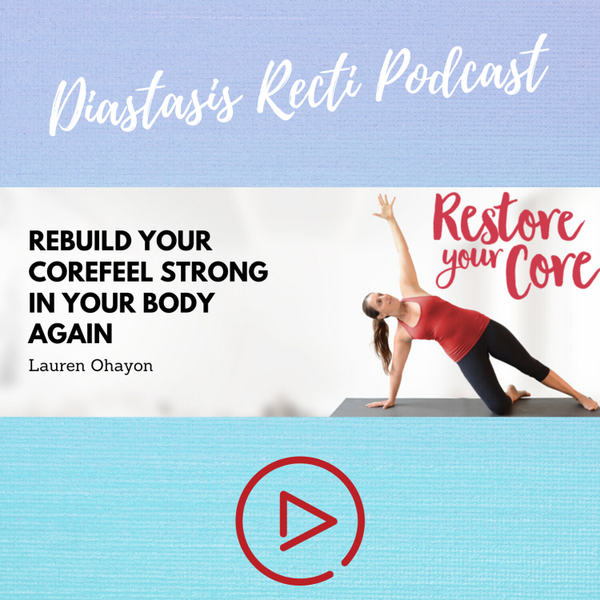
Can Postpartum Prolapse Heal Itself?
- S1E28
- 02:46
- February 19th 2021
It is not uncommon for many postpartum people to experience complications such as pelvic organ prolapse postpartum. Vaginal and rectal prolapse occur when the supporting muscle and tissue structures become weakened during pregnancy and delivery. Despite common belief, prolapse does not only affect women who have had multiple pregnancies or are outside of the advised age, but it can also affect many postpartum people as well. It can be a surprising and shocking experience for many postpartums to discover they have developed a prolapse after vaginal birth. However, in some cases, the symptoms will resolve on their own as their body recovers from delivering their child or can be managed and healed through exercise and proper postpartum aftercare.
In this article I hope to address the ways postpartum people can manage prolapse after childbirth and how you may experience a full recovery.
How Common is Prolapse After Childbirth?
The truth is, your pelvic floor and uterine wall experience a lot of stress during your pregnancy. In many cases, people will begin experiencing the complications of prolapse and other pregnancy related issues before they deliver their child. A stressful or complicated delivery is not always the culprit for POP or DR. As your child continues to grow within you, the supporting tissues and muscle structures are strained, which can lead to you experiencing complications even before birth. However, it is common for many people to become aware of these issues postpartum. The weakness in the pelvic region can cause some of your pelvic organs (bladder, bowel, uterus) to slip out into the vaginal or rectal walls. Despite many people experiencing resolved symptoms as they continue to heal after their delivery, many may still experience future complications. Some of the most common types of pelvic organ prolapse include:
Uterine prolapse –uterine prolapse involves prolapse of the cervix and uterus down into the vagina
Bladder prolapse (cystocele) -involves a prolapsed bladder into the front wall of the vagina
Bowel prolapse (rectocele) is the prolapse of the vagina into the back wall of the vagina or rectum.
In some cases, these prolapses may coexist. Example: you may experience both a uterine prolapse and bladder prolapse at the same time.
Is it Normal to Have a Slight Prolapse After Giving Birth?
In short, it is not uncommon for people to experience a prolapse after giving birth. As you undergo the many hormonal changes, physical strain and stress, and the weight of your child can weaken the supportive tissues and muscles in your pelvic floor – causing the organs to shift and become misaligned.
Along with the hormonal and physical demands pregnancy can place on your body, a vaginal delivery can also contribute to pelvic prolapse as well. The stretching and straining of the pelvic muscles beyond their limits can significantly compromise the strength and functionality of the pelvic region. Over-stretching can leave scarring and nerve damage resulting in damaged tissues and muscle structures – leading to pelvic organ alignment issues and can cause them to shift downward into the vagina.
There are a host of factors that can contribute to various forms of pelvic organ prolapse. Some of the most common include:
- A traumatic delivery
- Baby’s birth weight
- Pelvic floor muscle weakness
- Chronic straining during bowel movements, constipation
- Chronic coughing
- Multiple pregnancies, deliveries
How is Postpartum Prolapse Treated?
- There are many options out there to help you recover from postpartum pelvic organ prolapse. It is important that after your delivery (once you’ve received clearance by your medical professional), to begin a form of postpartum rehab. Offerings can range between physical therapy, physiotherapy, or movement specialists (Restore Your Core). In many cases, you would treat this condition as you would any other physical injury: REST and light movement.
Restore Your Core: Diastasis Recti and Pelvic Floor Talks
The Restore Your Core podcast is all about health and fitness for those struggling with Diastasis Recti or Pelvic Floor issues.
Lauren Ohayon makes videos, runs a thriving facebook group, and creates blogs that help people to feel better and reclaim their healthy bodies.
https://restoreyourcore.com/learn/diastasis-recti/
If you're too busy to read the blog then feel free to listen to the podcast! We hope to be a part of your core restoration journey.